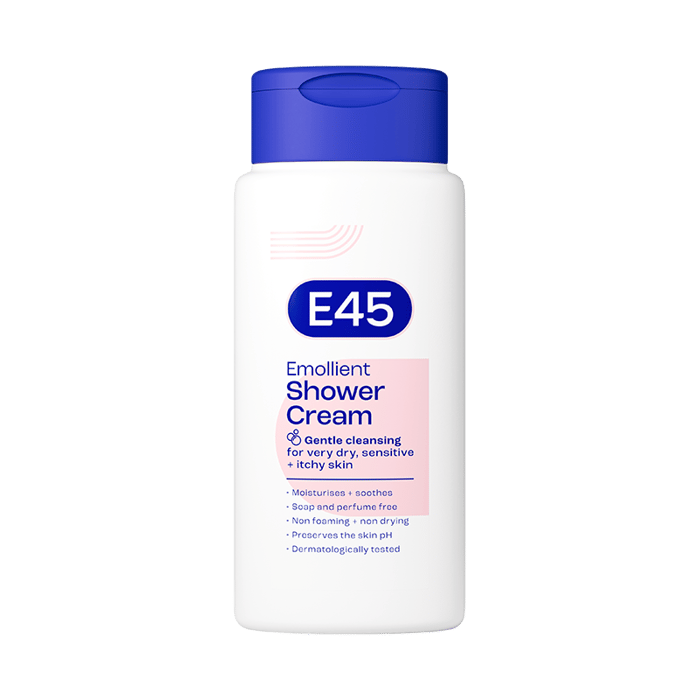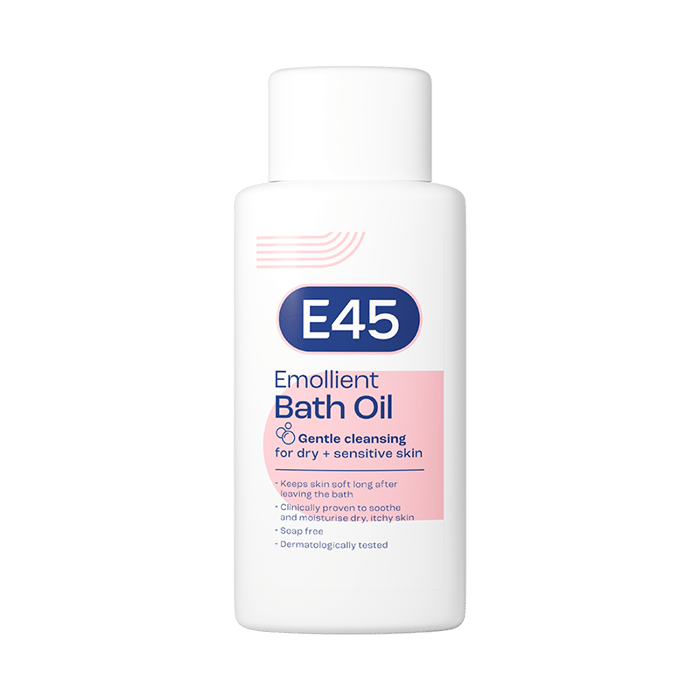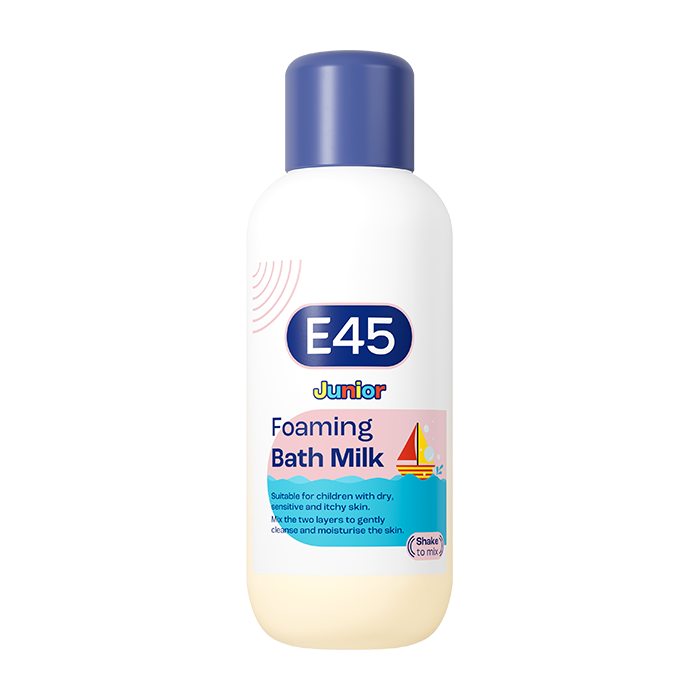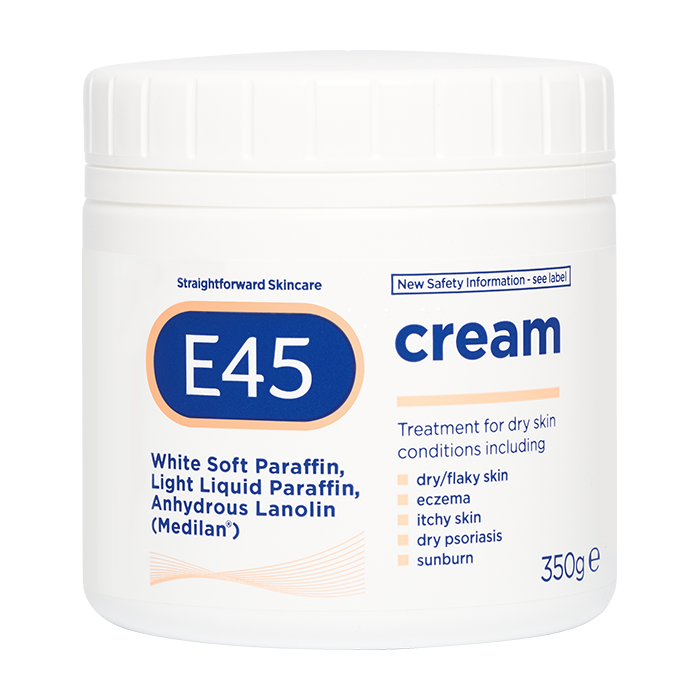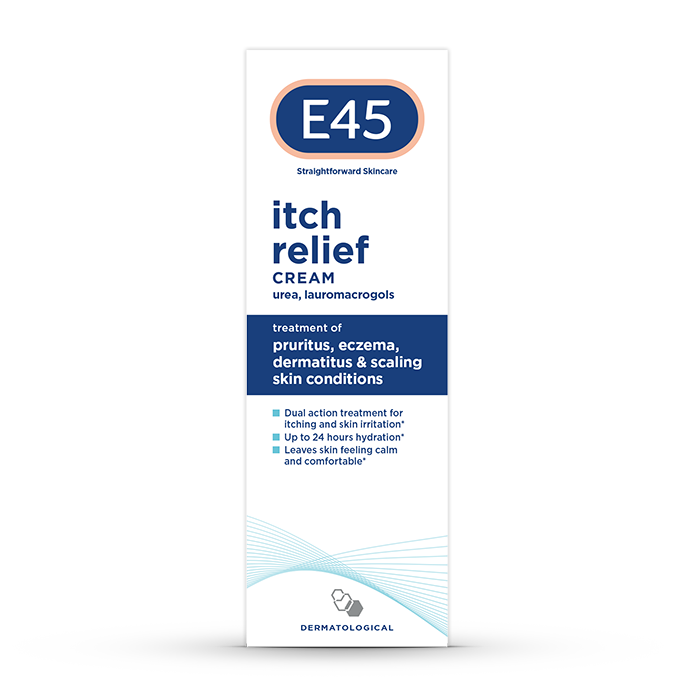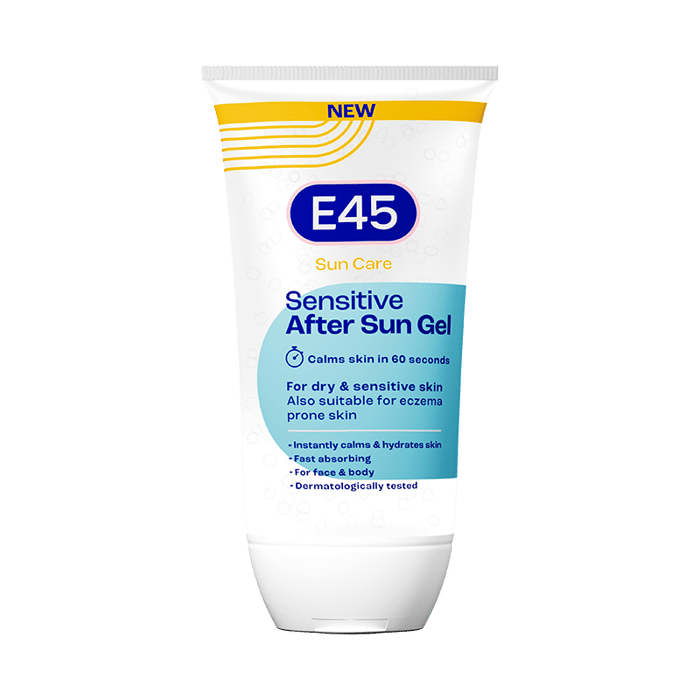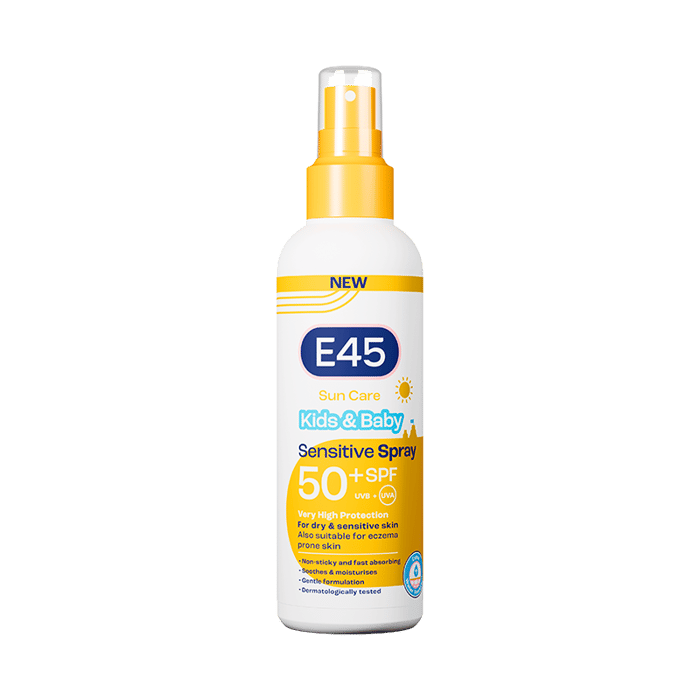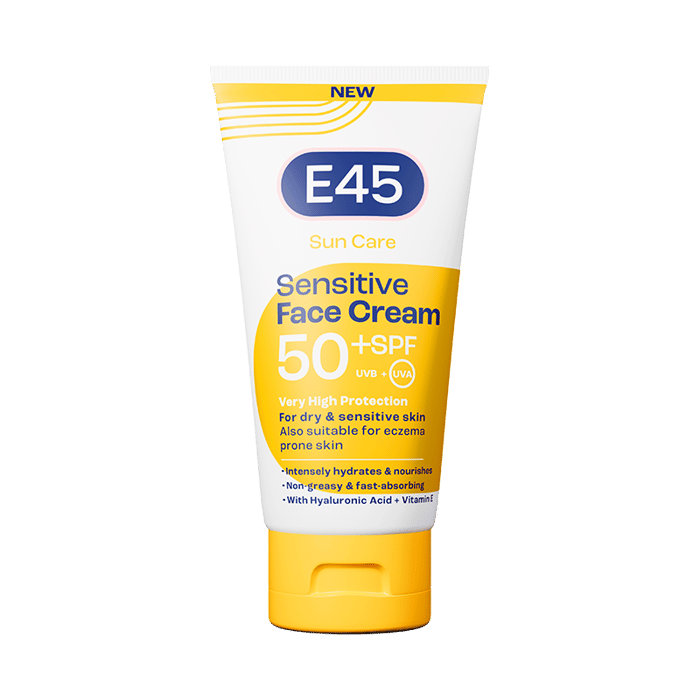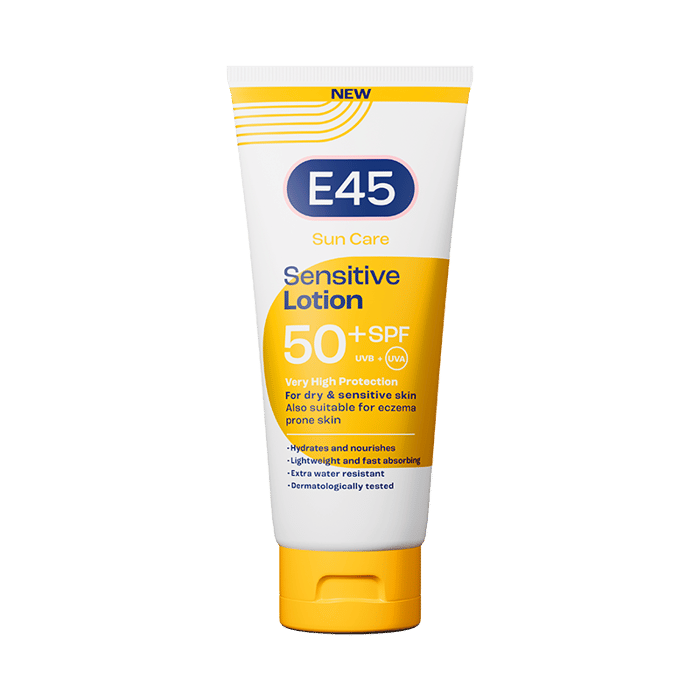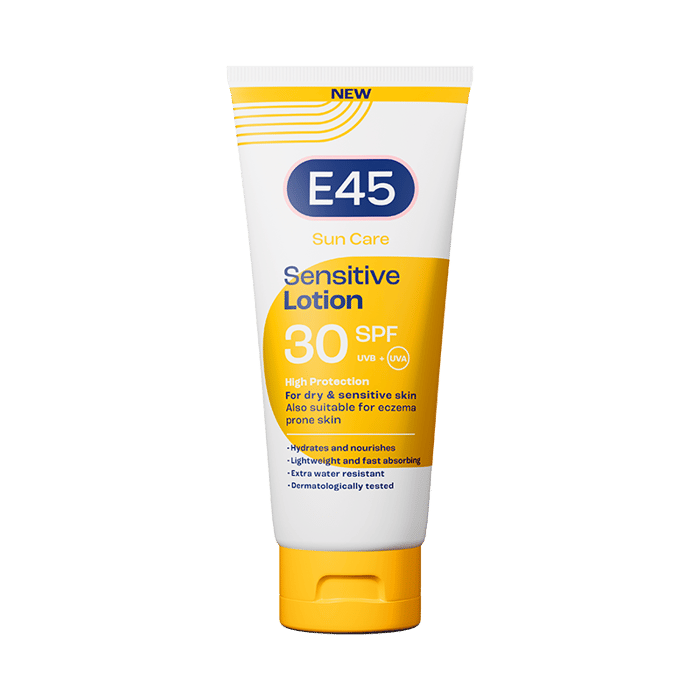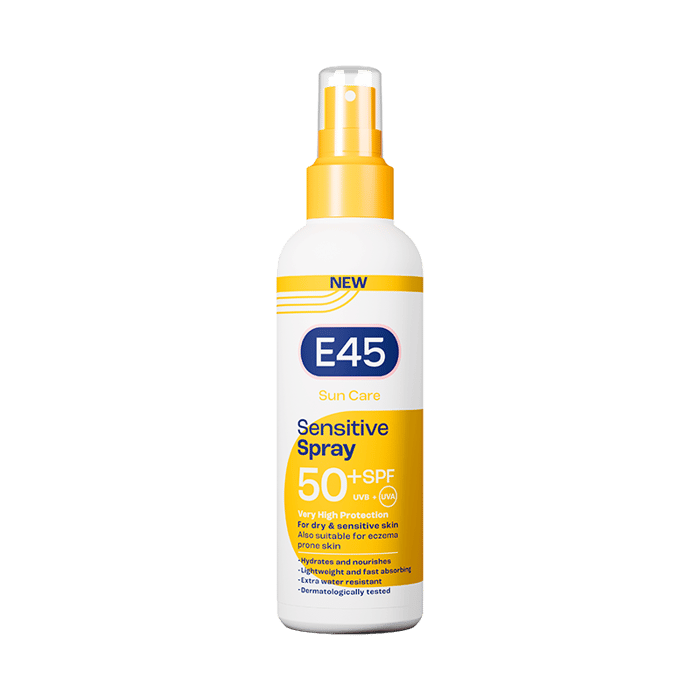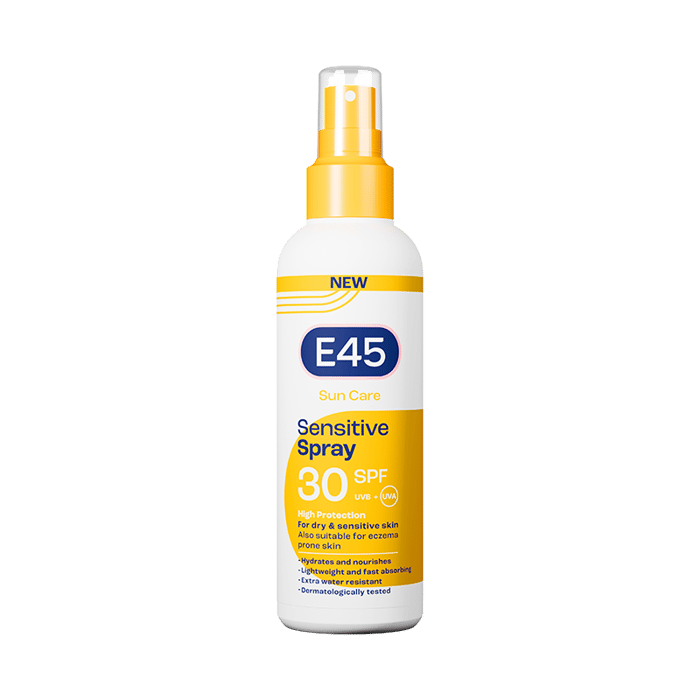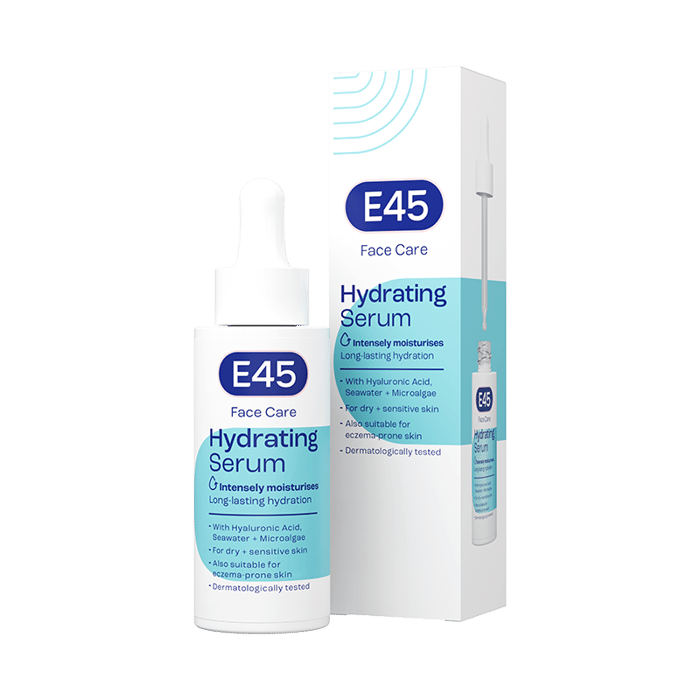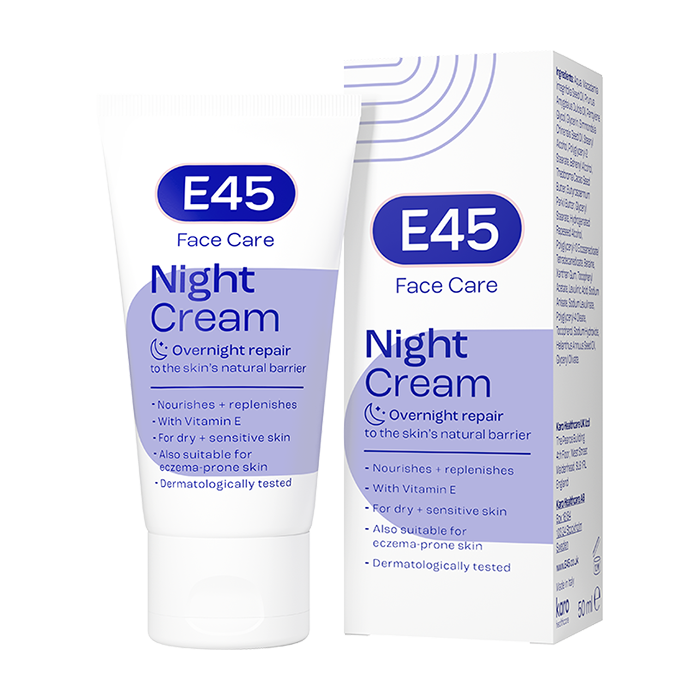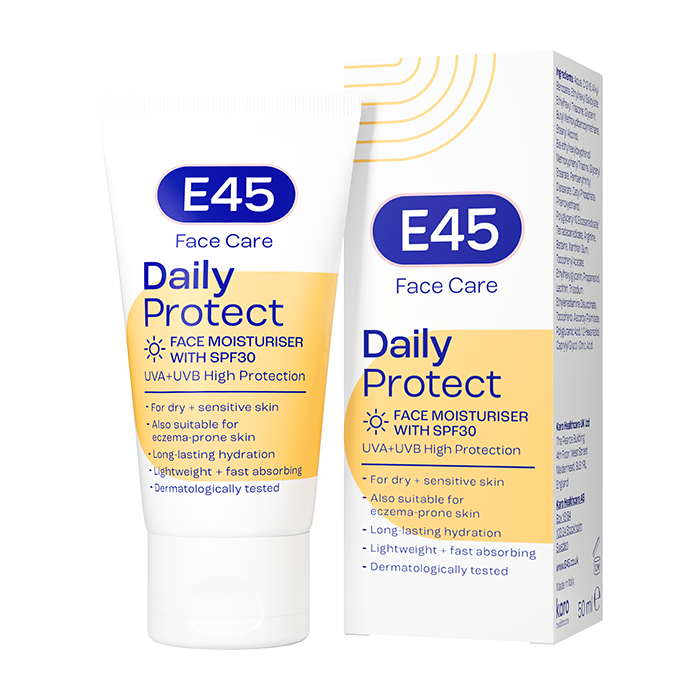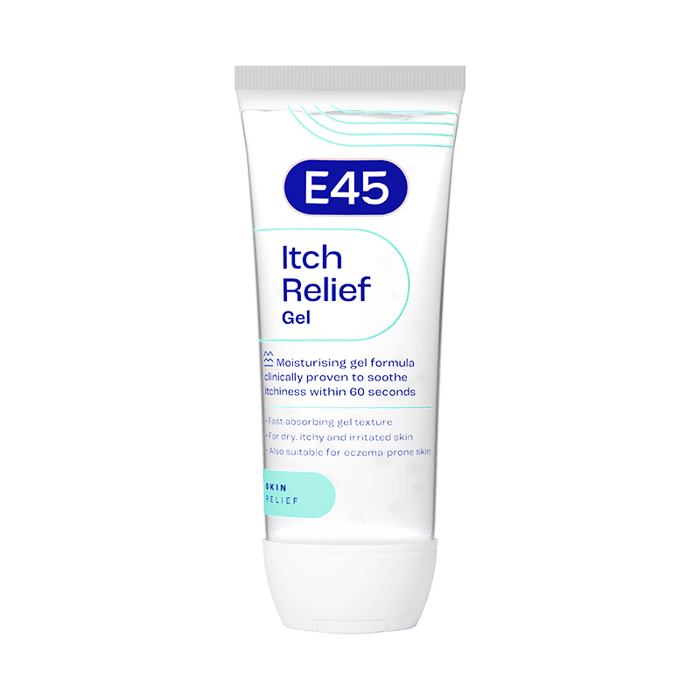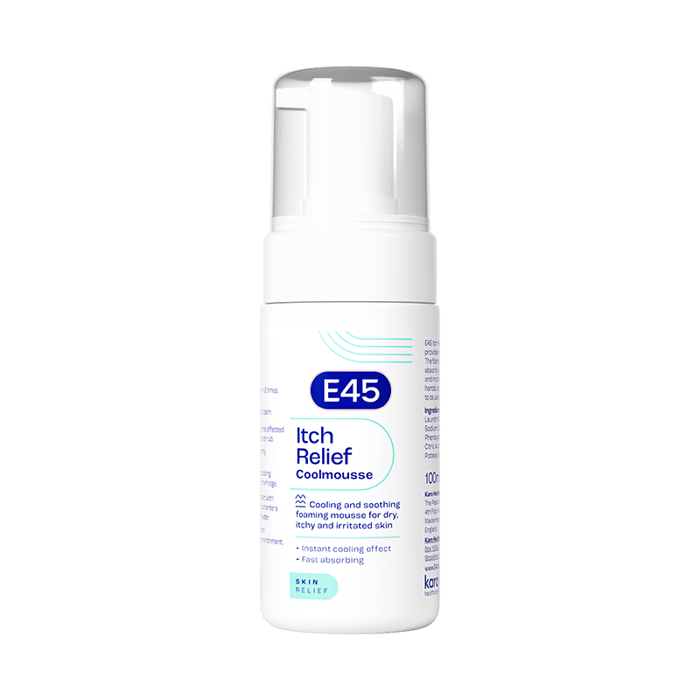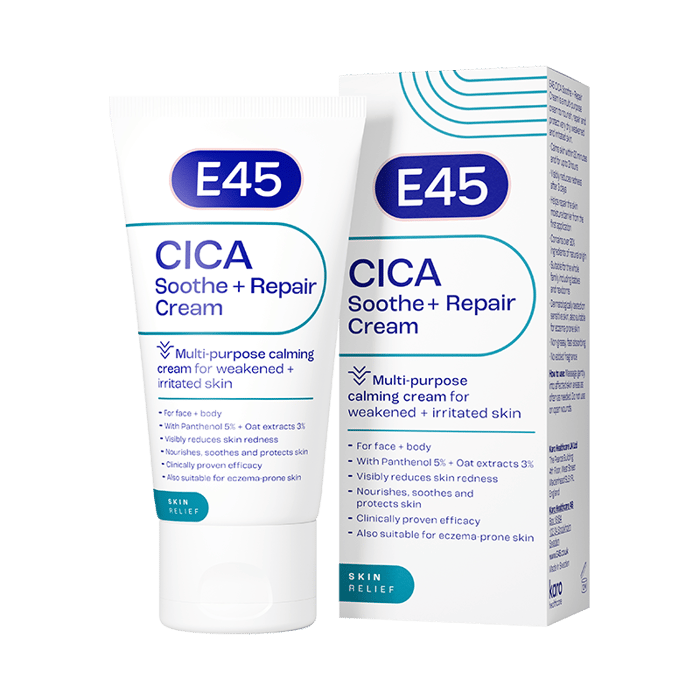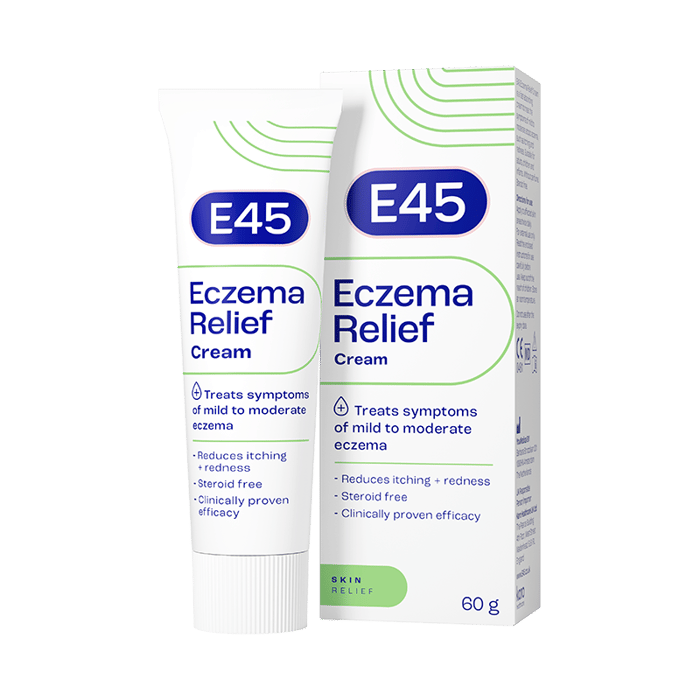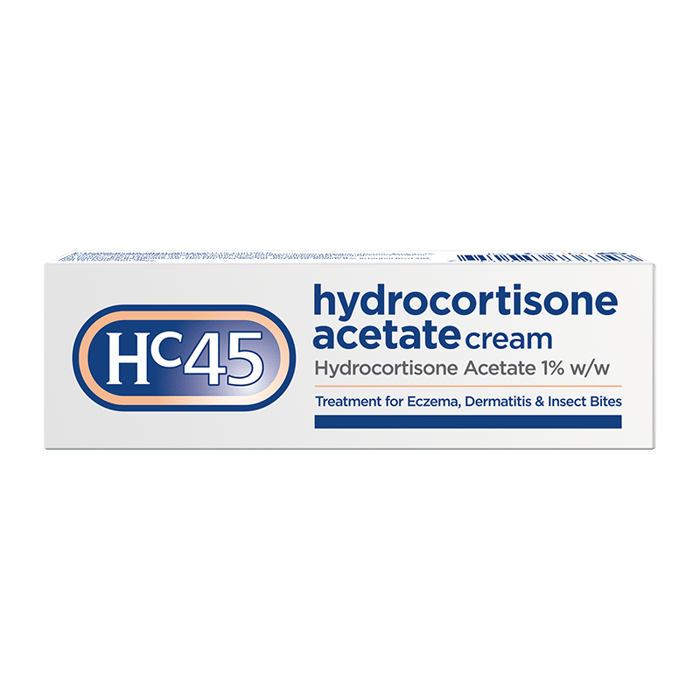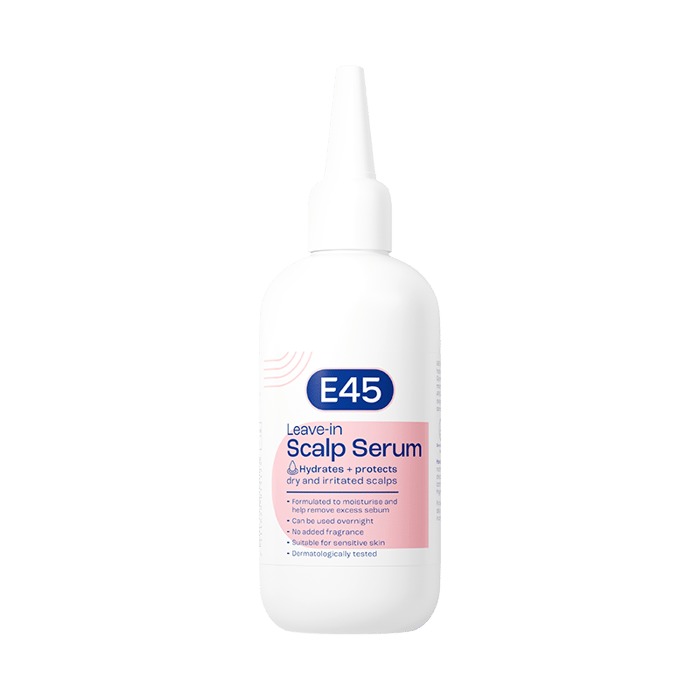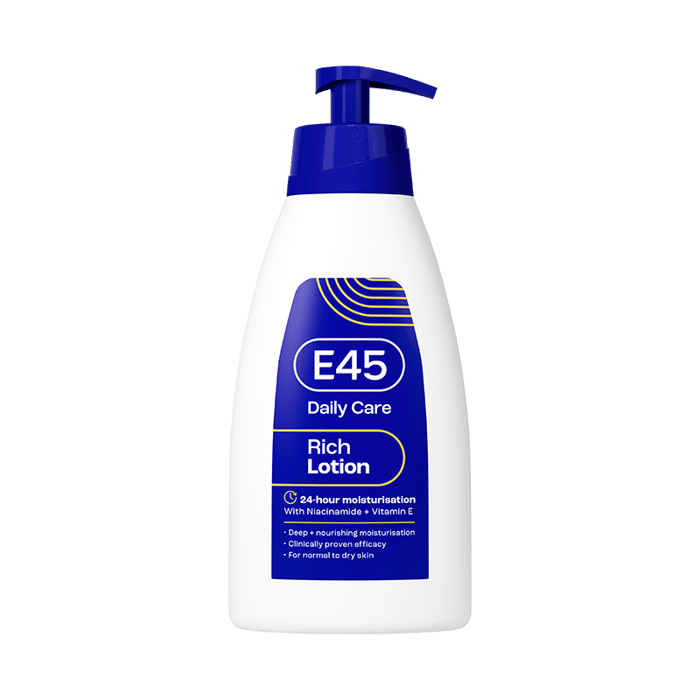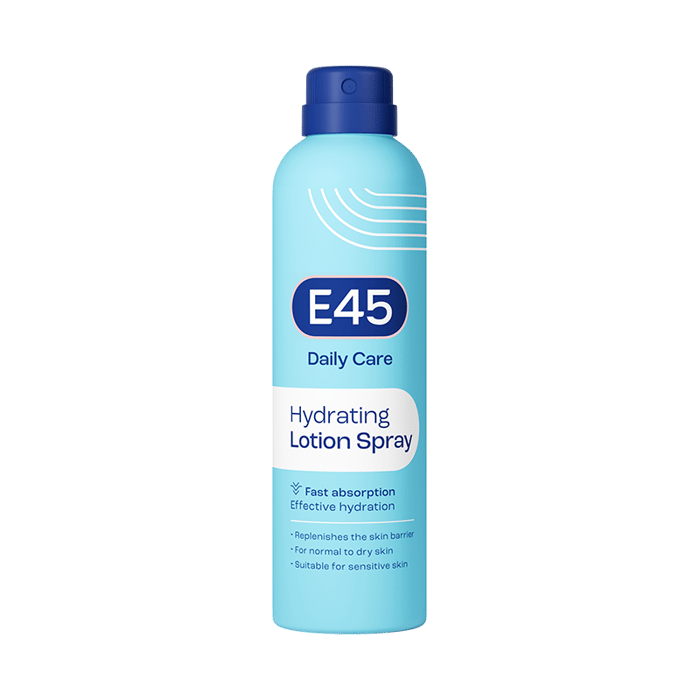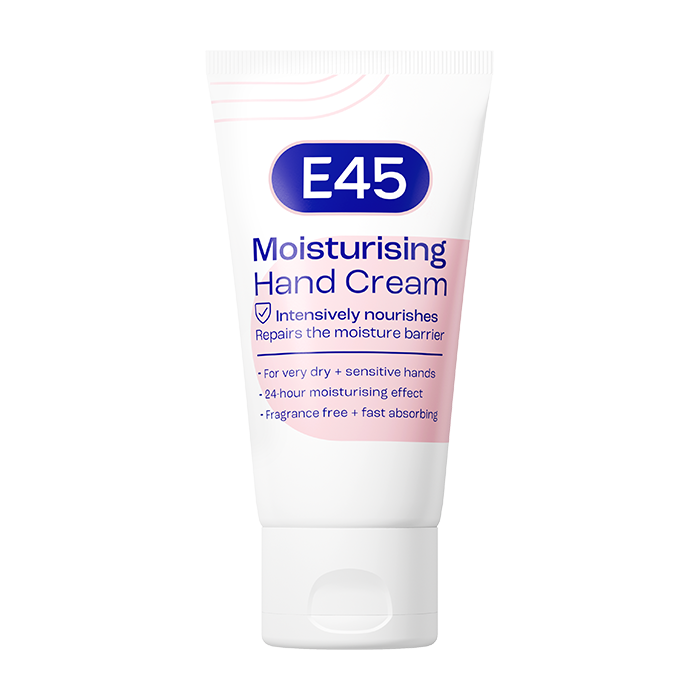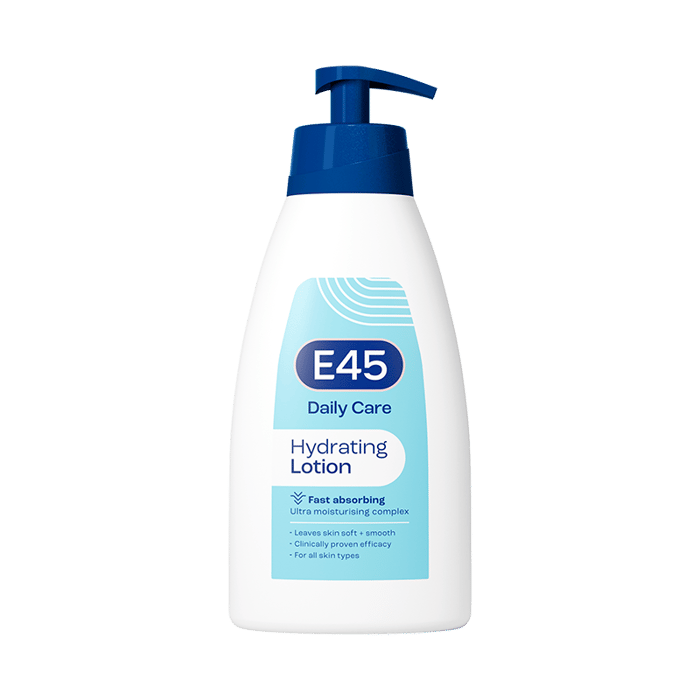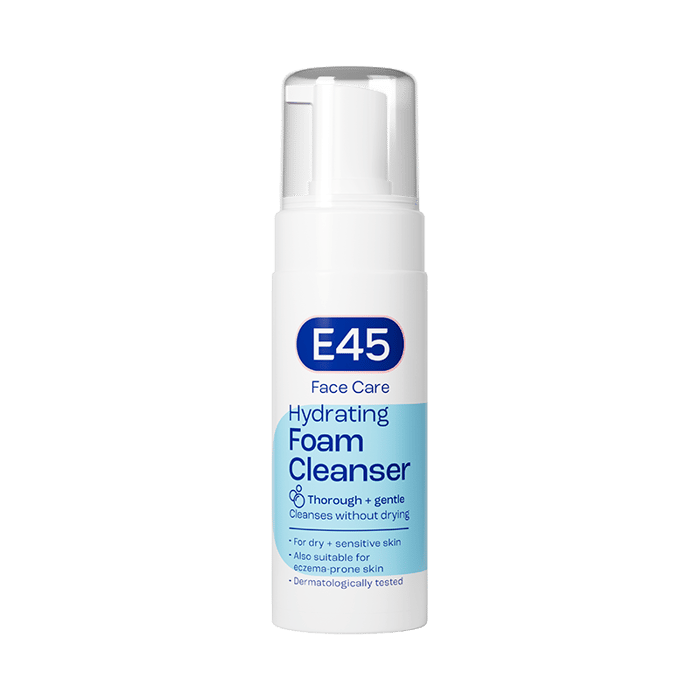Skincare for kids: Products, routines and safety
It can be really distressing when something doesn’t seem quite right with your child’s skin, especially if you don’t know what’s wrong. But by understanding your children’s skin more, you can help to soothe immediate symptoms and maintain good skin health throughout their early years.
We’ve put together an easy-to-read guide filled with tips and tricks on symptoms to look for and how to build child-friendly skincare routines, so you can give your little ones the long-lasting care their skin needs.
Table of Contents
What makes children’s skin different to our own?
When it’s so soft and smooth, it’s easy to forget just how delicate our children’s skin truly is. As your little one grows and develops, so does their skin structure, leaving fundamental differences between children’s skin and adult’s skin. Here are just a few that are good to know:
- The outer skin layer (or the epidermis) of children’s skin is much thinner, making it more prone to sensitivity.
- Sweat glands can be less effective, meaning skin will absorb and lose moisture easily.
- As it´s still developing, children’s skin can be susceptible to elements such as UV rays and extreme weather conditions.
Kids skincare steps: Cleansing, moisturising and sun protection
Gentle cleansing techniques
A child-friendly skincare routine always begins with gentle cleansing. The goal is to remove dirt, sweat and bacteria without stripping the skin of its natural oils. Here are a few techniques to keep in mind:
- Opting for a soap-free cleanser tailored for sensitive skin.
- Using lukewarm water for bathing or cleaning.
- Patting the skin dry gently instead of rubbing.
- Limiting bath or shower time to 10-15 minutes.
- Cleansing once a day to prevent overwashing and irritation, however, a bath 2-3 times per week is usually enough.
- Continuing with the tips and tricks above, even during skin flare-ups.
We know for some little ones; bath time can be seen as a little scary. But there’s some simple things you can do to make jump in the bath more fun! Check out this article for more.
Moisturising and hydration tips
Children’s skin needs moisturising more than our own, so getting into a daily routine can help maintain skin health and prevent dryness. Here are some effective moisturising and hydration tips you can use:
- Selecting a specific moisturiser for dry and sensitive skin.
- Applying a moisturiser immediately after a bath or shower when the skin is slightly damp.
- Making moisturising a regular part of your child’s daily skincare routine.
- Reapplying moisturiser to dry or flaky skin areas as necessary, especially in case of very dry skin or conditions like eczema.
- Encouraging your child to stay hydrated by drinking plenty of water.
- Increasing moisturisation frequency in the colder months and considering the use of a humidifier at home.
- Conducting a patch test before using a new moisturiser to check for any adverse reactions.
With these tips in mind and finding the right moisturiser, your child’s skin can remain should show signs of hydration and stay comfortable. Find skin care products for children and juniors here.
Sun protection guidelines
Children´s skin is particularly sensitive to sun exposure. Be sure to protect their skin by applying a high-SPF sunscreen even on shady days, wearing protective clothing, and limiting sun exposure during peak UV hours.
Choosing age-appropriate skincare products
Understanding safe and suitable ingredients
Choosing skincare products with safe and suitable ingredients for children is a must-have to avoid any further reactions. Here are some generally recognised as safe ingredients for children´s skincare products:
- Glycerin
- Aloe Vera
- Hyaluronic Acid
- Ceramides
- Oatmeal
- Zinc Oxide
It´s best to avoid synthetic fragrances, dyes, and harsh detergents like Sodium Lauryl Sulfate (SLS) in children´s skincare products. If you’re not sure, we would recommend doing a patch test before using a new product.
Recommended skincare products for children
When looking for gentle skincare products for your child, there are a few that we would recommend:
E45 Moisturising Lotion: Provides long-lasting care for dry and sensitive skin, suitable for use on the body, face, and hands.
E45 Junior Foaming Bath Milk: Provides gentle cleansing and moisturising, specially designed for younger children’s skin.
Teaching kids a good skincare routine
Practicing a consistent skincare routine with your child from an early age is a great way to look after their skin health. Not sure where to start? Here are some tips you could try:
- Establish a step-by-step routine: Just like brushing their teeth or washing their hands, skincare should be part of your child´s daily routine. Encourage regular cleansing, moisturising and sun protection.
- Lead by example: Children learn by observing, so doing your skincare routines together could be a great way to embed the habit.
- Educate them: Teach your children about the importance of each step in their skincare routine. Explain why they need to cleanse their skin, the purpose of a moisturiser and the necessity of sun protection.
- Make it fun: Skincare doesn’t have to be a chore. You could turn the daily skincare routine into a game or storytelling session. This will make the routine enjoyable for your child and easier for you.
- Choose the right products: Allow your child to be part of the process of selecting their skincare products. This can make them more invested in using the products as part of their routine.
- Be consistent: Consistency is key in skincare. Ensure your child follows their skincare routine daily and praise them for their commitment.
With time, these habits will become second nature to your child, setting the foundation for lifelong healthier skin.
How a Kid’s Facial Skincare Routine Could Look
1. Cleansing
It can be helpful to use a gentle, fragrance-free cleanser designed for children’s sensitive skin. Cleansing once or twice a day, in the morning and at night, can assist in removing dirt, oil, and sweat, helping to keep the skin fresh and comfortable.
2. Moisturising
Applying a mild, hydrating moisturiser after cleansing helps to keep the skin soft and prevent dryness. Look for a product free from added fragrances, parabens, and other potential irritants.
3. Sun Protection
Using a sunscreen with SPF 30 or higher can help protect the skin from harmful UV rays. Apply it generously in the morning routine, even when it’s cloudy, and reapply every two hours or after swimming.
4. Optional: Lip Care
If necessary, you may want to use a lip balm to keep their lips moisturised, particularly in colder months.
Keeping the skincare for your kid safe
Ensuring the safety of skincare products for children involves careful selection and mindful practices. Here are some guidelines to help you make informed choices:
Choose fragrance-free products
Fragrances can contain phthalates, which may disrupt hormones. Opt for products labeled as “fragrance-free” or “unscented” to minimise exposure. (Source)
What ingredients to avoid in skincare for kids
Review the ingredient lists of the products you buy to avoid these substances. A good guideline is to avoid products labeled with terms like “anti-ageing,” “wrinkle-reducing,” “brightening,” or “firming” as they may contain active ingredients that aren’t suitable for young skin (source).
Be skeptical of social media trends
Social media can popularise skincare routines that aren’t appropriate for children. Encourage age-appropriate practices and consult reputable sources or healthcare professionals for advice. (Source)
Addressing specific skin concerns
Due to sensitivity in children’s skin, they may experience a skin concern in their early years. If you’re looking to spot the symptoms early, here are a few of the most common ones:
- Eczema: This condition causes the skin to become red, itchy, and inflamed. Eczema is common in children and often appears on the face, elbows, or knees.
- Dry Skin: Children´s skin tends to dry out easily, especially during the winter months or if they swim frequently. This can lead to rough, flaky or itchy skin.
- Psoriasis: Although less common in children than adults, psoriasis is a chronic skin condition that speeds up the life cycle of skin cells, causing them to build up rapidly on the surface of the skin.
- Sunburn: Without proper protection, children’s delicate skin is susceptible to sunburn. Always apply a high-SPF sunscreen before they go outside, even on cloudy days.
- Contact Dermatitis: This is a rash that occurs when the skin comes into contact with a specific allergen or irritant, like certain soaps or plants.
While there aren´t direct cures for some of these skin conditions, there is a lot that can be done to alleviate symptoms. A great way to start is by building a gentle yet effective skincare routine for your child, along with using products that help soothe symptoms.
If you’re unsure on how to manage on child’s skin concerns, then always seek professional advice.
Conclusion
We know that when your child is in discomfort, so are you. That’s why staying clued up on all the potential symptoms and easy step-by-step changes you can make to make your child feel better can make a huge difference.
There may be an element of trial and error that comes with these tips. What works for one little one, might not work for another, but with patience, you’ll find what best suits your child’s skin needs.
Enjoyed reading this? We have many more articles for you to check out! For more information on skin health and skincare for little ones, why not read Dry Skin on Babies and Eczema on Babies. Here you’ll find even more tips and tricks to support in caring for your children’s skin.
FAQ: Skincare for Children
How do you take care of a child’s skin?
Taking care of a child’s skin involves a routine of gentle cleansing, moisturising and sun protection. Use products specifically designed for children’s sensitive skin and ensure they are fragrance and dye-free to minimise irritation.
How can I keep my kid’s skin healthy?
Keeping a child’s skin healthy involves maintaining a consistent skincare routine, promoting a healthy diet, and ensuring they stay well-hydrated. Regular cleansing and moisturising, along with the use of a broad-spectrum sunscreen, can also help protect their skin.
Should a 7-year-old have a skincare routine?
Yes, a 7-year-old should have a simple skincare routine, typically involving gentle cleansing and moisturising. This helps to keep their skin clean, hydrated, and healthy.
What should my 7-year-old wash their face with?
A 7-year-old should wash their face with a gentle, soap-free cleanser specifically formulated for children’s sensitive skin.
Should a 9-year-old have a skincare routine?
Yes, a 9-year-old should have a basic skincare routine. This should involve cleansing, moisturising, and applying sunscreen during the day. It’s also an ideal age to start teaching them about the importance of taking care of their skin.
How do you hydrate a kid’s skin?
Hydrating a child’s skin involves using a gentle moisturiser daily, encouraging them to drink plenty of water and using a humidifier in dry climates or during colder months to maintain ambient moisture.
Sources
raisingchildren.net.au/toddlers/health-daily-care/hygiene-bathing/bathing-a-toddler
raisingchildren.net.au/toddlers/health-daily-care/hygiene-bathing/fear-of-the-bath
www.healthychildren.org/English/health-issues/conditions/skin/Pages/Common-Summertime-Skin-Rashes-in-Children.aspx
www.healthychildren.org/English/safety-prevention/all-around/Pages/How-to-Choose-Safer-Personal-Care-Products.aspx
health.choc.org/preteens-and-skincare-what-parents-should-know/
static.ewg.org/ewg-tip-sheets/EWG-5TipsSaferCosmeticsKids.pdf
nypost.com/2024/12/17/lifestyle/i-ruined-my-skin-following-beauty-influencer-advice-and-wasted-thousands-of-dollars/

